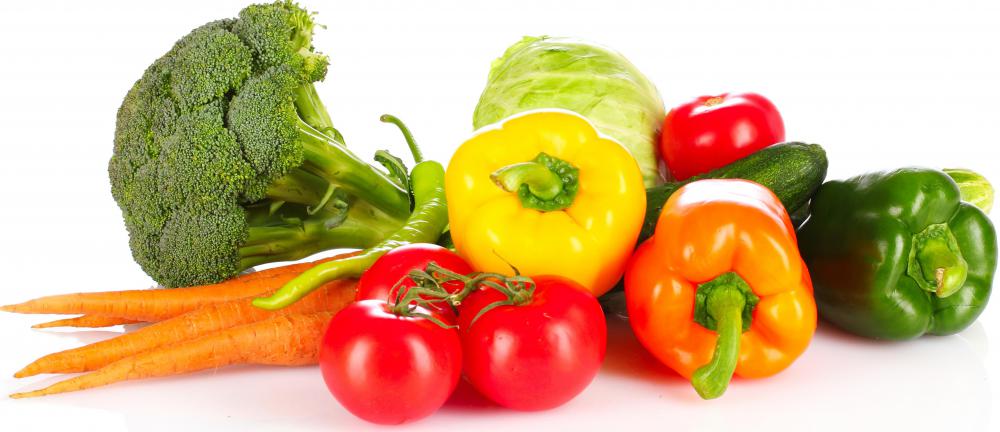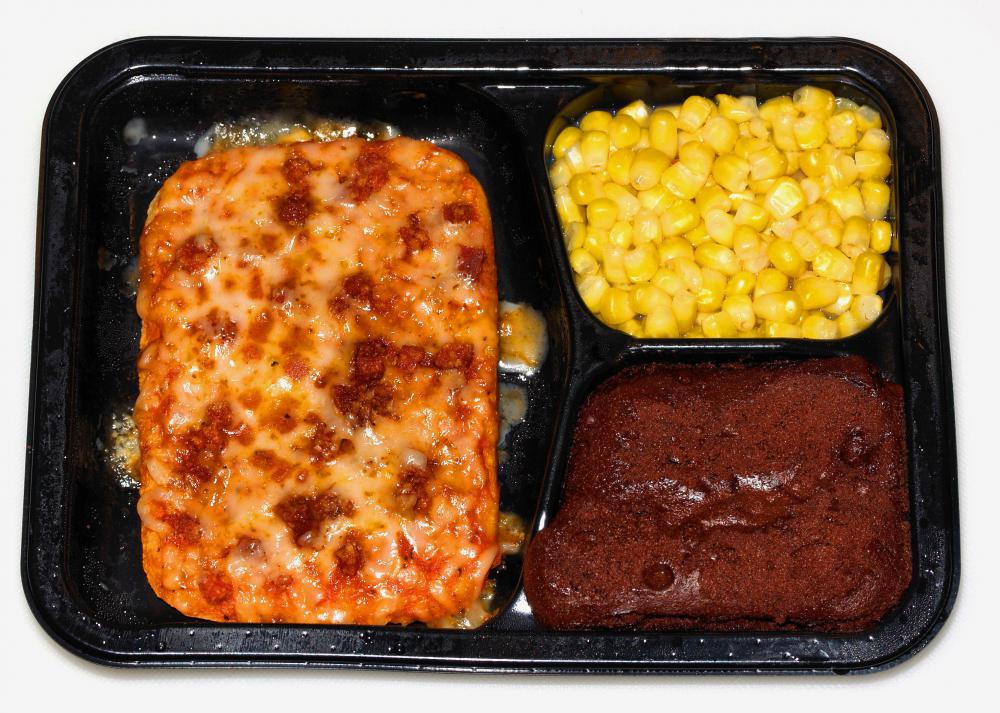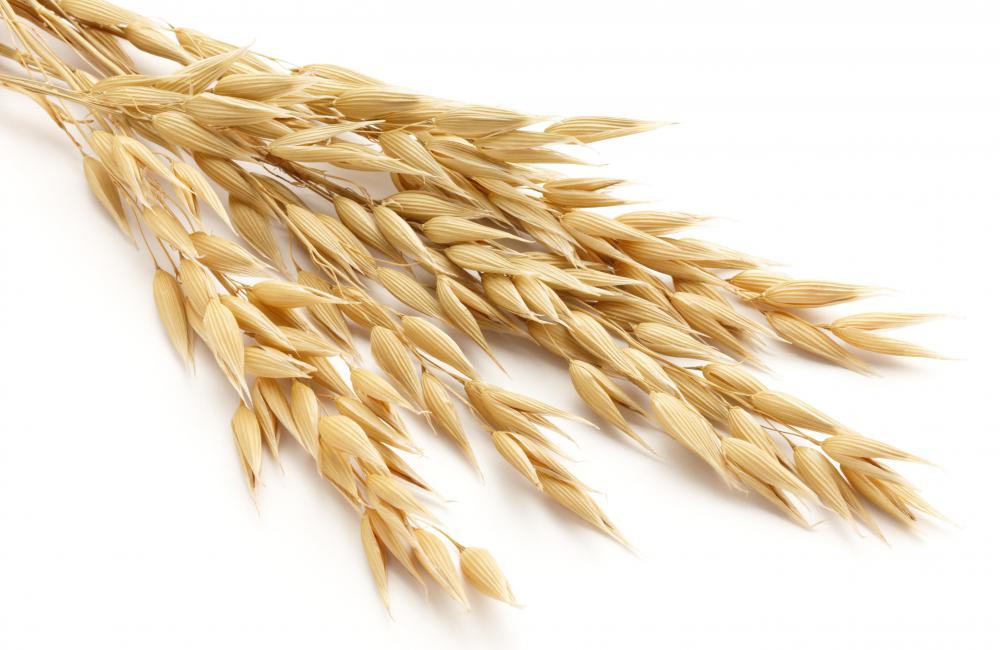At TheHealthBoard, we're committed to delivering accurate, trustworthy information. Our expert-authored content is rigorously fact-checked and sourced from credible authorities. Discover how we uphold the highest standards in providing you with reliable knowledge.
What is a Low-Sodium Diet?
A low sodium diet is an eating plan that features a limited amount of salt. High amounts of salt, or sodium chloride, in the diet is especially harmful for those with certain medical conditions such as high blood pressure, kidney disease, and cardiovascular problems. Doctors often prescribe low salt diets as part of the treatment for these conditions and diseases. People on a low sodium diet should avoid processed foods and focus on fresh food.
Meats, poultry, unsalted nuts, dried beans, fruits, vegetables, rice, pasta, and oats form the basic ingredients for a low sodium diet. Fresh rather than canned, frozen, or processed varieties of these foods should be used at all times in low salt diets. Baked goods must be limited, since both baking soda and powder contain high amounts of sodium. Frozen dinners, snack foods, and fast food meals are also high in salt. Pickles, ketchup, olives, soy sauce, and butter must be eliminated as meal accompaniments in low sodium diets.

Low salt diets shouldn't contain more than 1 teaspoon (2,300 mg) of sodium per day. One typical burger and fries fast food meal can contain more than half of the recommended daily amount of salt. Home cooked chicken, rice, and fresh vegetables is one example of a better low sodium meal alternative to fast or processed food, such as burgers and deli meats. Table salt and salty sauces or condiments must be avoided as seasonings. Unsalted rather than regular salted butter should be used on rice or vegetables.

Since people often develop eating habits early and become used to them over a long period of time, it can be difficult for many to enjoy a low sodium diet at first. By experimenting with low salt food choices and giving the diet several weeks to take hold, however, many people learn to enjoy less sodium in their meals. Flavoring foods with garlic, herbs, lemon juice, and vinegar to replace salt can help keep low sodium meals flavorful.

Rather than canned soups, which are typically high in salt, people on a low sodium diet should create a homemade soup recipe using salt-free flavorings and spices. The round crispy snacks called rice cakes make a healthy sodium-free alternative to salty potato chips and popcorn. It's important for those on a low sodium diet to read food labels. If any of the first few ingredients in a commercial product mention sodium or salt, the item is likely to be too salty for the recommended diet.
AS FEATURED ON:
AS FEATURED ON:




















Discussion Comments
Suntan12- I actually like the low sodium soups. My favorite is the Cream of Mushroom low sodium soup. I use it for cooking my chicken and it really adds flavor to my food without the additional salt.
The DASH diet which stands for Dietary Approach to Stop Hypertension permits 1,500 milligrams of sodium per day, which is 800 milligrams less than the recommended daily allowance.
This diet helps individuals with hypertension reduce their blood pressure and hypertensive symptoms such as frequent headaches.
Participants are allowed to eat vegetables, fruits, nuts, chicken, fish and whole grains. However,they are discouraged from consuming foods with high sugar content because these foods also have high sodium ratings.
In addition, use of condiments like ketchup and mustard are discouraged. Although it seems difficult to adhere to such a low sodium allowance, it actually becomes easier over time because your taste buds change to match the new lifestyle.
Post your comments